VSD and cervical osteochondrosis are two interconnected phenomena that are considered serious pathologies.If you start the course of the disease and ignore negative symptoms, then complications that are not subject to treatment may occur.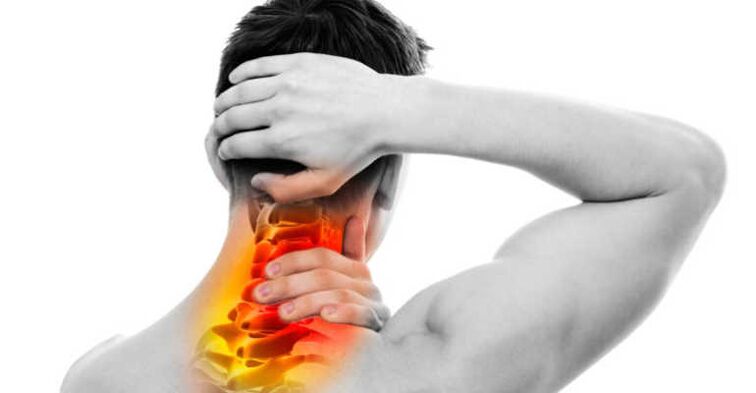 How are these two definitions related to each other?The article will look at the causes of the disease, signs and methods of treatment.
How are these two definitions related to each other?The article will look at the causes of the disease, signs and methods of treatment.
Determination of VSD and cervical osteochondrosis
VSD (vegetascular dystonia) is an unpleasant disease that is characterized by serious disorders in the functioning of the autonomic nervous system, which is responsible for ensuring the normal effectiveness of absolutely all organs of the human body.In most cases with VSD:
- The circulatory process is impaired.
- The respiratory process is deteriorating.
- The digestive system is reduced.
- Sweating ceases to be regulated.
- Metabolism is deteriorating.
Osteochondrosis is a pathological process localized in the spine area.With this disease, damage to the intervertebral discs, which are degenerative and dystrophic, is observed.With the development of the disease, significant damage goes to the vertebrae.
From anatomy, everyone knows that the human spine has a beginning in the cervical region, which includes seven vertebrae.Between the vertebrae are the separation called intervertebral discs.Cervical osteochondrosis is the most common form of the disease, since it is this area of the spine that is the most vulnerable.This is due to the fact that the main mobility of the vertebrae reports the specified area.
The intervertebral discs are the largest place in the whole structure of the human spine.With cervical osteochondrosis, the disease acts on the disks, damaging and deforming them.Another factor in the spread of this form of the disease is that the neck muscles are weak and the vertebrae are reduced.Experts find that in this area, cartilage tissues are not provided with the required volume of blood, which also affects the development of osteochondrosis.
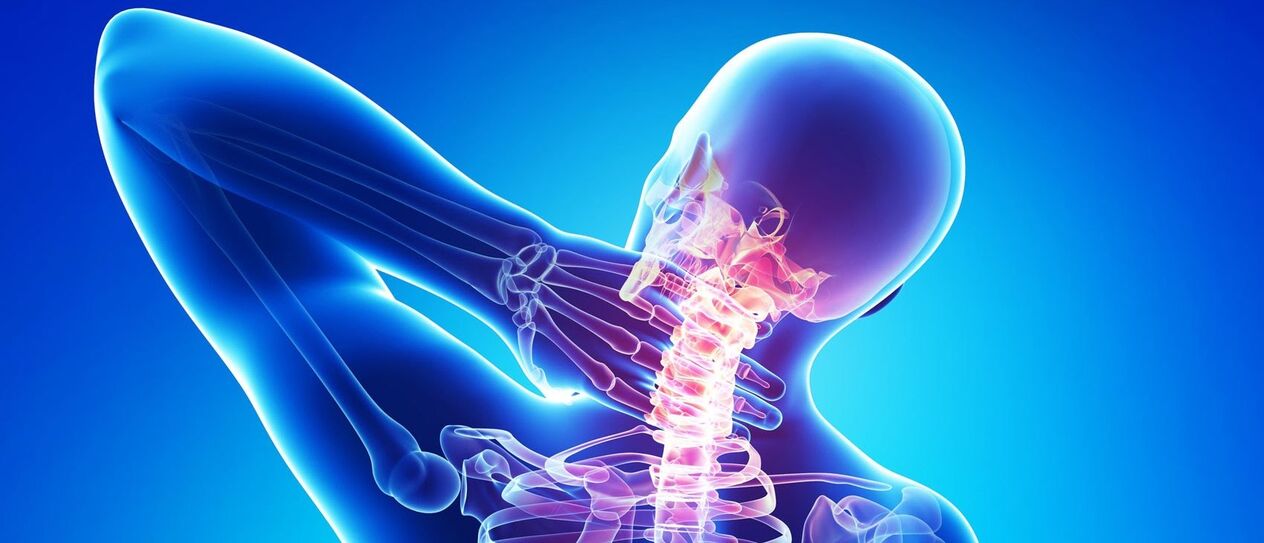
Osteochondrosis of the cervical spine
The disease in question may not occur in one day, they cannot be abruptly ill or become infected by another person.Experts find that cervical osteochondrosis is a long, complex and multi -storey process that develops for a large period of time.
Despite the rapid development of modern medicine and technology, it was not possible to identify the exact cause of the pathology.Some claim that the disease has outstripped the category of the population with a sedentary lifestyle.However, statistics show that athletes, people with good physical training, leading an active lifestyle, suffer from cervical osteochondrosis.
There are a number of factors that contribute to the occurrence of cervical osteochondrosis:
- A curved spine.
- Disturbed posture.
- Mechanical backs on the back.
- Excessive weight, obesity.
- Constant, excessive exercise.
- With elevators.
- Disturbed metabolism.
- Stay in constant stress, disorders of the nervous system.
- Chronic diseases.
- Congenital pathologies.
- Improper pose in sleep.
- Genetic factor.
It is worth noting that damage to the structure of the spine is inevitable in the elderly, because with the course of the body the muscles, muscles weaken and the degree of protection of the internal environment decreases.
In most clinical cases, however, external harmful factors are the main cause of the disease.
Levels of development of cervical osteochondrosis
A total of 4 levels of the disease are distinguished, each of which has its own distinctive features.Experts classified the disease to facilitate the diagnosis and prescription of treatment, as well as to detect concomitant diseases.
The first stage begins with destructive processes in the bones-European tissue of the vertebrae.This period does not show severe symptoms, the patient does not notice changes, nothing disrupts the usual lifestyle.
At the second level, the height of the discs is significantly reduced, the appearance of cracks is observed.One may constantly experience pain, feel weak, some areas are numb.
The third stage involves the appearance of hernias on the discs, vessels and muscles located in the cervical spine are affected.The patient complains of systematic dizziness, acute pain in the back of the head occurs.
The final period of development of osteochondrosis in the cervical region leads to a significant increase in bone tissue, which perform a protective function for the vertebrae.As a result, nerve disorders occur.In humans, the joints are seriously damaged, the movements are limited.
Symptoms
At absolutely all stages of the disease, the following signs may appear:
- Increased soreness in the neck area, the pain gives the shoulders and a shooting may occur.
- The muscles weaken heavily.
- In a person, the sea forces of the sea, the amount of secreted sweat increases.
- The patient complains that his hands are numb.
- The coordination process is violated.
- The work of vision organs is deteriorating.
- The hearing is partially lost.
- The blood pressure level increases sharply.
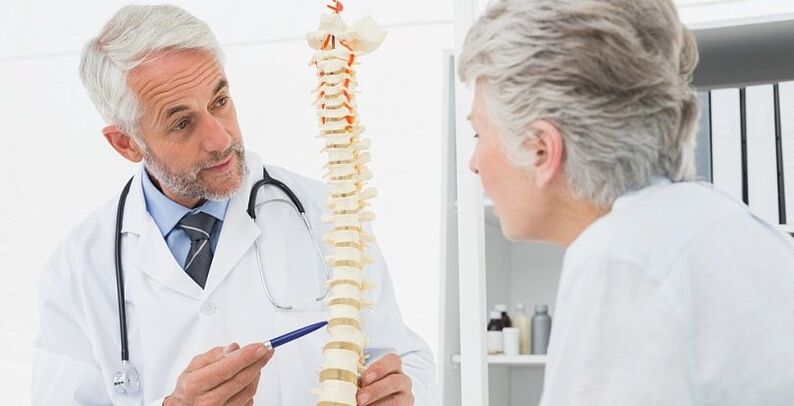
The listed characteristics can occur at any stage of the course of the disease.It is not necessary for all the symptoms to be present, even if a few seek medical attention.
It is important to know that in no case should you be involved in self -medication and take medicines without examination, diagnosis and consultation of a competent doctor.
How do VSD and cervical osteochondrosis connect
First, it is worth noting that only VSD is observed only in cervical osteochondrosis, other forms (lumbar, thoracic osteochondrosis) of the disease are not a provocative factor.The reason for this connection between two pathologies is their pathogenesis.
VSD is based on serious disorders of brain and hypoxia circulation, leading to malfunctions associated with neurogmoral regulations of the basic functions of the body's systems.Cervical osteochondrosis leads to pollination of blood vessels due to degenerations occurring in the intervertebral discs.As a result, the required amount of blood does not enter the brain, which contributes to significant disorders of microcirculations throughout the patient's entire body.
From the above, it follows that osteochondrosis of the cervical spine directly affects the development of vegetascular dystonia or may worsen the course of an existing disease.
Clinical picture
What happens in the body with VSD and cervical osteochondrosis?What symptoms have a more pronounced manifestation?What does the patient feel?
As a rule, the patient experiences constant pain in the neck that can be given to the shoulders, shoulder blades and the back of the head.The pain can be prolonged by nature and not even pass even after taking painkillers.In addition, over time, the head begins to get dizzy, sometimes ringing in the ears, all of which has an increasingly more character, which has a negative effect on the nervous system and the physical condition of a person.
There are often muscle cramps that generally occur suddenly.Patients observe the flicker of different spots in front of their eyes, the insomnia begins.Losses from consciousness may occur.
The main symptoms include rapid heart rate, which is accompanied by constant blood pressure jumps and a change in heart rate, shortness of breath occurs.
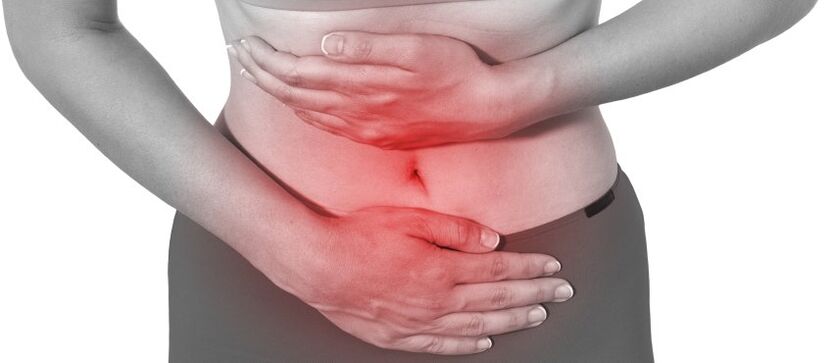
The disease also affects the intestine.The stool consistency can change, the previous usual frequency of decent seems slow and tired, the moral state is highly suppressed, a constant feeling of anxiety arises.The physical condition is characterized by constant pain, sometimes even unbearable.
Panic attacks
Often, with a combination of VSD and cervical osteochondrosis, panic attacks may occur in humans.This is a special condition of the patient, with attacks of anxiety, characterized by special maniats and surprise.
The provocateur for the onset of the attack is unpleasant memories of previous disorders, severe stress, quarrel, nervous overvoltage, feeling of fear, acute fear.
Panic attacks have the following symptoms:
- Feeling of fear.
- Fear of death.
- One fears that he can perform acute, abnormal action, self -control is lost.
- Patients describe the feeling that another person controls his body.
- One is lost in space, does not realize the reality of what is happening.
- Consciousness is very broken.

To stop the next attack on a panic attack, you need to normalize the patient's mental state.Do not make sudden movements, make loud sounds and show fear.Respiratory gymnastics, voice account, sharp switching to each object is considered an effective method of eliminating the attack.
Treatment
How is vascular dystonia treated in cervical osteochondrosis?What do experts say about this?
Doctors unanimously claim that VSD refers to a number of psychological problems that do not imply medical intervention.
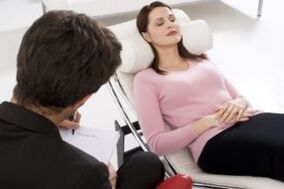
As a rule, doctors use psychotherapy methods aimed at relaxing the body, improving emotional origin, bringing the condition of the nervous system to normal normal.
However, the treatment of the pathological condition, in which two diseases are combined, should be overall.It is necessary to deal with the problem of osteochondrosis and to direct all the forces to the recovery of the patient.
The main task is to eliminate cervical osteochondrosis, which has an aggravating effect on vegetative vascular dystonia.Doctors prescribe physical effects, including the course of therapeutic massage, yoga classes and an effective method is considered stretching.
The drug base for therapy is components based on components such as glucosamine, chondroitin.It is worth noting that not all doctors acknowledge the effectiveness of these components.IF the Clinical Picture is Accompanied by a pronounted degree of the level of the Cervical Spine and Near the Lying Areas, They Can Prescribe Non -Oese, Trugs WITH Anti -–InflamInclude: Include: Include: Include:
- Diclofenac.
- Voltaren.
- Meloxicam.
Therapy involves the use of drugs whose task is to normalize blood circulation in the brain.Doctors recommend a piracetam drink.During the use of these tools, the condition of the nervous system improves, its functioning is established.
Prevention recommendations
Doctors strongly recommend leading a healthy lifestyle as this is the main component for preventing cervical osteochondrosis in VSD.A significant role is played by the amount of fluid consumed.It is important to provide an abundant drink of a weakened organism.Usually one should drink about 2 liters of purified, filtered, boiled water.This will allow the maintenance of the normal functioning of the body and the functioning of all its systems.
A supportive balance of moisture in the body is also necessary to ensure the proper structure of cartilage and intervertebral discs.Experts advise the review of the diet, paying attention to products with the content of collagen fibers.
It is important to minimize physical activity in the cervical region in order to avoid mechanical damage.Patients are advised to move more, if possible, to abandon the sedentary work.Fresh air is useful for full recovery and prevention of complications.
The most important thing is to choose a competent doctor who will prescribe competent treatment based on the patient's history.



















